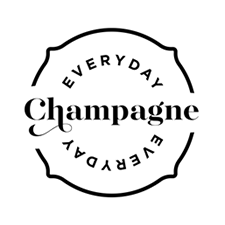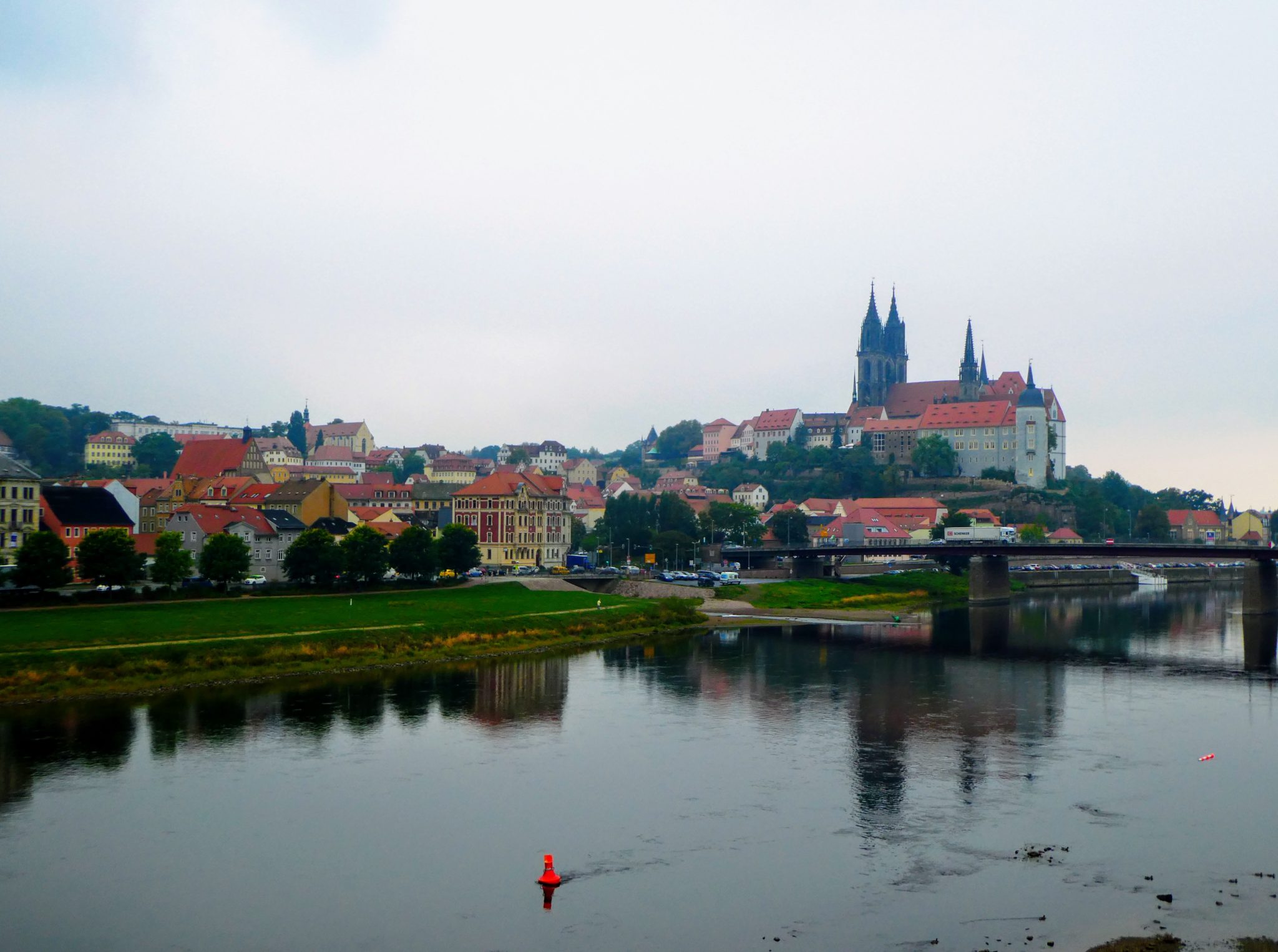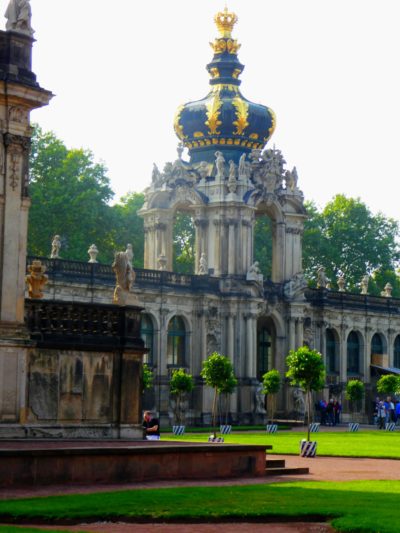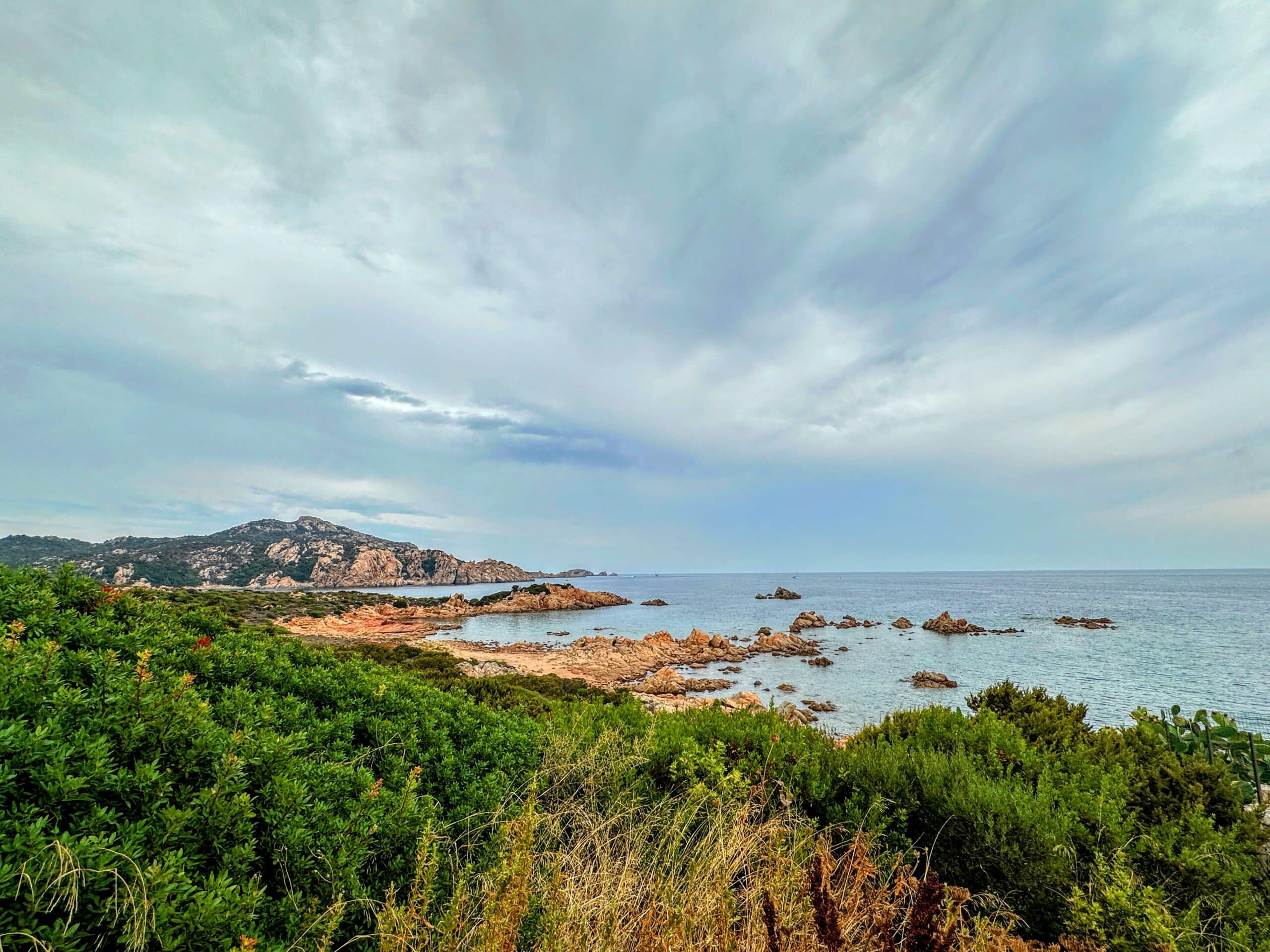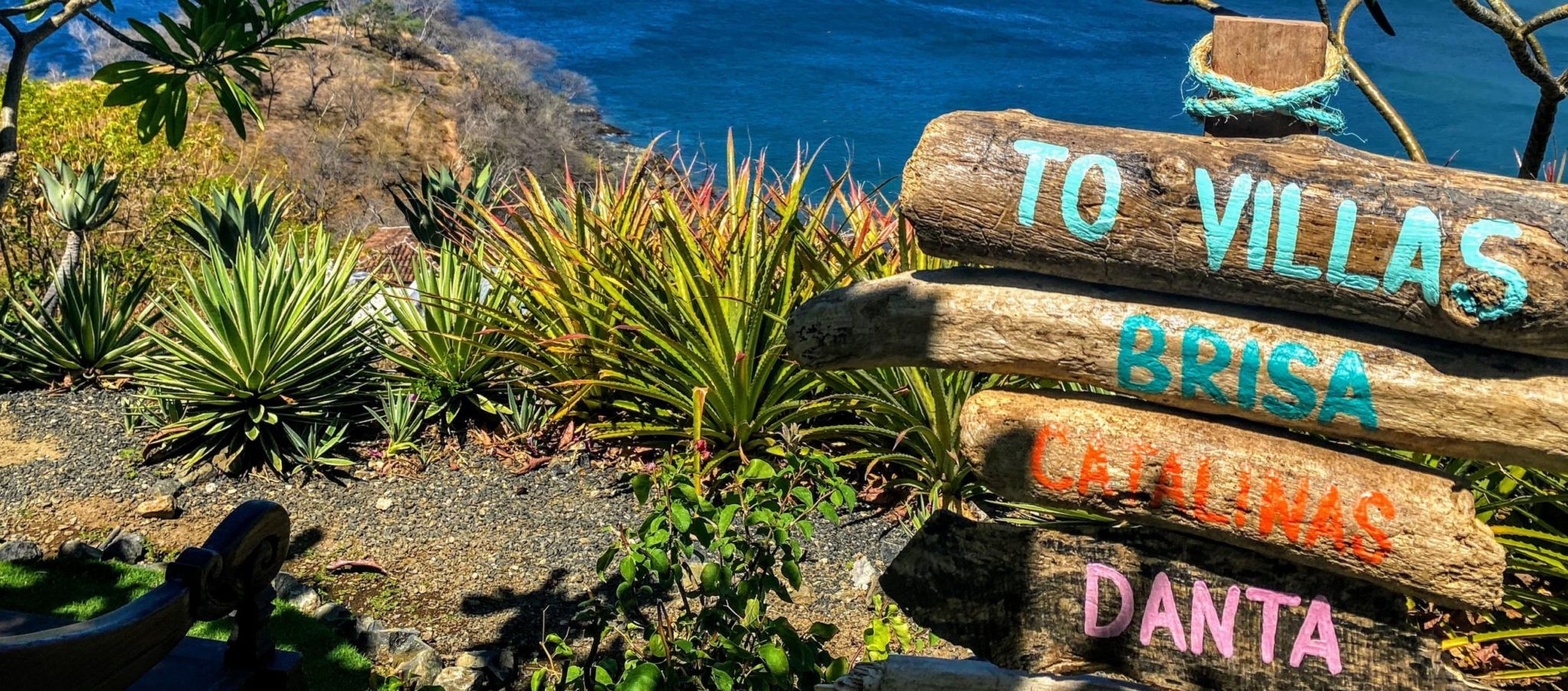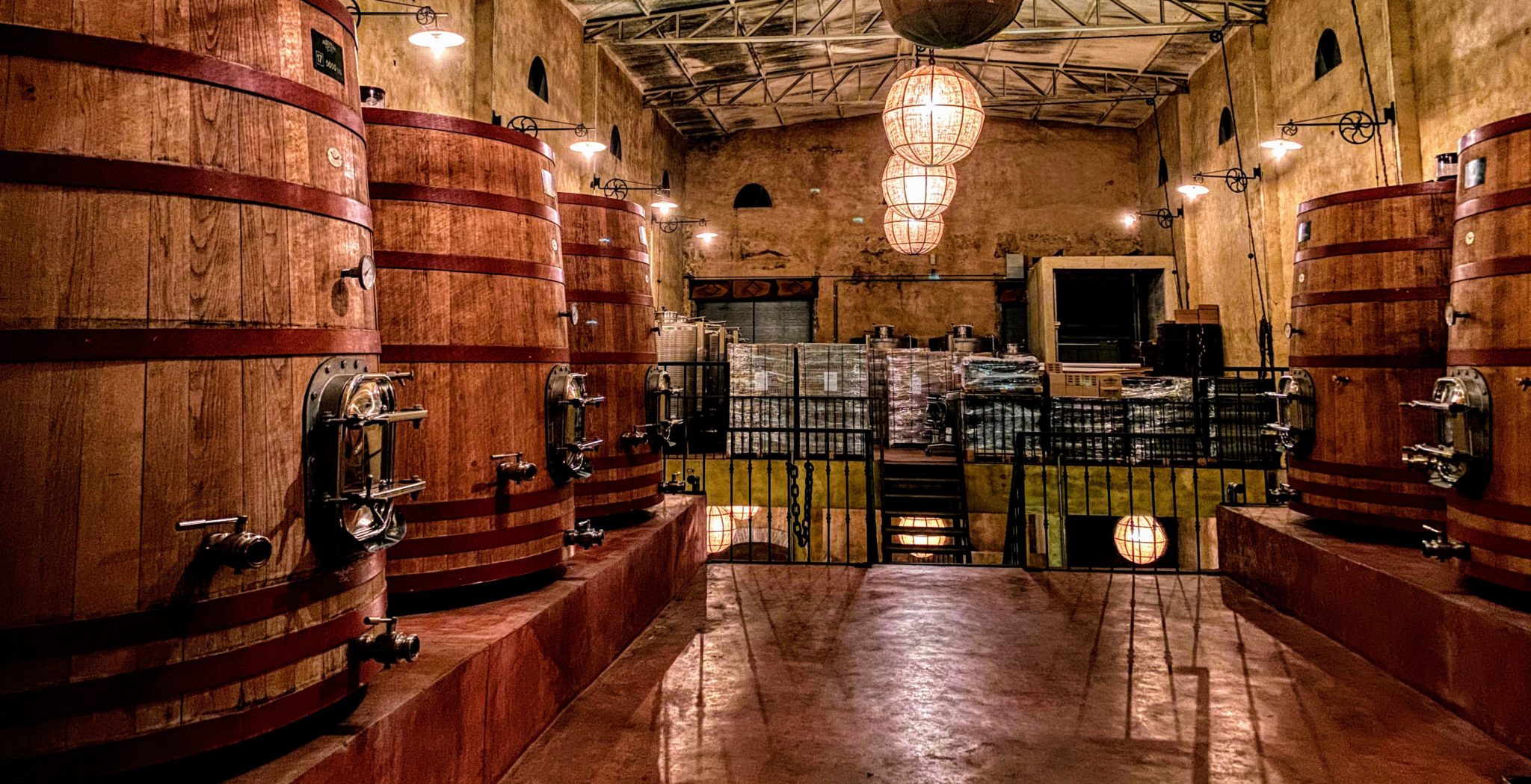October 5, 2017
“You’ve never been to Prague? With all your traveling?”
It was becoming a common question. When we said no, it felt like admitting we’d never tasted chocolate, or champagne. Or chocolate and champagne.
With the exception of Paris, going to one city as a singular destination was nearly impossible for us and our restlessness, except for just for a weekend. Unless we were just crazy enough to go for a long weekend (it’s been known to happen), we had to weave Prague into something interesting, something bigger.
The answer was a bicycling trip from Berlin to Prague.
It’s not as big of a deal as it sounds. The outfitters (Butterfield & Robinson—or B&R—this time) make it almost too easy. We met in Berlin (allowing us to spend several days in that very cool city; see our Berlin city guide), and they transported us just outside the city, where our perfectly sized bikes with our own pedals were ready, along with a table full of snacks and water. B&R then took our bags ahead to be waiting at the first hotel. Basically, the only think they don’t do is pedal for you. And the trip from Berlin to Prague is so flat, it almost feels downhill.
Day 1: Tranquility.
We looked this word up in the online dictionary, saw its definition, and started laughing. “Calm and/or peaceful” is the exact opposite of us.
We got on our bikes in what was formerly East Germany, near the town of Schlepzig, ready for the beauty of the forest Spreewald (a designated biosphere). Hopping on our road bikes, we rode down a beautiful path for about 5 kilometers, 8 kilometers, 12 kilometers. We found ourselves going faster and faster and faster (probably getting up to about 35-40 kilometers per hour) on the dead flat.
He held up his hand and said “Stopping.”
We stopped.
“What are we doing?” he asked.
“Well, it looks like we’re riding around small lakes through a forest,” I said.
“Is that it?” he asked. “Anything else we’re missing?”
Okay, time to take a moment.
We were so used to seeing the world by bike and coming around a corner to discover a 13th-century temple, or some wonder of the world.
We were in the former East Germany. If you haven’t read a history book lately, it didn’t fare terribly well. And, as we well knew, it’s flat. At the very least, we were used to climbing a five-kilometer hill to get to a vantage point above the countryside.
“Okay. We need to understand and appreciate the beauty of the Spreewald forest and the tranquility,” I said.
He started laughing and we got back on our bikes. And then he went into full smart-ass mode.
“Goose!” he yelled and pointed.
“Bridge,” he noted.
A few kilometers later: “Swan! Do you want to stop a take a pic?” he said
“Of a swan?” I responded. “The same bird that basically lives at the foot of our dock?”
Apparently, the tranquility hadn’t kicked in yet.
It was a beautiful ride; we just needed someone to hit us in the head with a brick or give us wine at lunch. Thankfully, B&R accommodated the second request.
We rode from our starting point to Lubben, to lunch in Lubbenau, and ultimately to our swanky spa hotel in Burg, Hotel zur Bleiche.

 The hotel was a kick. It had all the big-time amenities hotels need to claim on the list, including a ginormous spa. It also had a swanky cocktail bar with a sunken cockpit for bartenders, and everchanging lights to complement the six different colors of chairs. This post-Soviet-era hotel is desperately trying to catch up to the cool bars of the world, but actually hit it just right by being behind enough to be cool again.
The hotel was a kick. It had all the big-time amenities hotels need to claim on the list, including a ginormous spa. It also had a swanky cocktail bar with a sunken cockpit for bartenders, and everchanging lights to complement the six different colors of chairs. This post-Soviet-era hotel is desperately trying to catch up to the cool bars of the world, but actually hit it just right by being behind enough to be cool again.
The hotel also had the most incredible gardens and outdoor seating areas, perfect for afternoon wine in the sunny 75-degree weather. Our afternoon entertainment was watching the roombas (the little, flat robot guys) for the lawn buzzing around and mowing and laughing when they ran into an unexpected obstacle. I know, we’re children.
First dinner was a punt ride down a canal (passing bottles of wine, of course) to a local chef-driven restaurant, Ferienhof in Burg, and our first introduction to wines of this area. We weren’t expecting much because Germany, and especially this area, looooves beer.
The wines weren’t terrible. And after a few glasses, they bordered on good. It was an incredible dinner, and we were ready for the “tranquility” of Day 2.
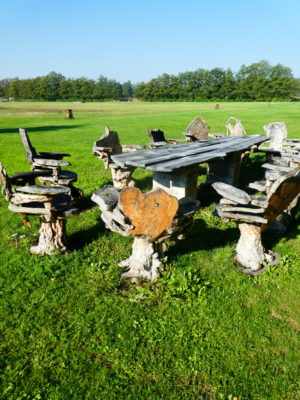 Day 2: Loop Day
Day 2: Loop Day
Through more of the Spreewald to Cottbus, through tons of little towns (AmtVetschau, Koklwitz, Lakoma, and Drehnow), canals, dykes, etc.
We—of course—started out early to do an extra loop. I had dreams from my former childhood trips of stopping in a few of the little town’s backerei (bakeries) for a brotchen, the single best bread invention in the world (sorry, croissant).
We started our loop and went through the first few towns.
“Where are all the people?” I asked.
“Well, it’s still early,” our friends said. Yes, we do have friends who have the same levels of restlessness and craziness as us, and voluntarily go on these trips.
“But there are no bakeries, konditorei, cars. There is no basic movement.”
The little towns were beautiful, and, in typical German fashion, perfectly kept and clean. But there weren’t any people. And, sadly, no brotchen. This is when the guide’s words from the previous day really hit home: The former East Germany, and this part of Germany, is almost a separate country from the mid-section, and completely different than my beloved Bavaria.
Today’s wow factor was our fully catered picnic lunch of German specialties set at a local, idyllic, perfectly clean and maintained family farm. I even got to practice my high school German (the only thing about lunch that wasn’t pretty).
At the end of lunch and after several bottles of wine, a teacher who grew up and still lives in the area told us about the Slavic tribe of the Sorbs from the region, and trying to keep their culture alive. She also told us about what it was like to live through Hitler, WWII, and the Soviet occupation. It was riveting and surprising. The Soviets were almost a relief, because they simply allowed the people to go on with their lives. They had nothing, of course, but they didn’t know better.
And here we are, bitching about brotchen.
After our lunch of sausages, schnitzel, sausages, potatoes, sauerkraut, and, of course, sausages, we only had a 10-kilometer ride to the hotel. Short, sweet, and, yes, flat. This was one of those trips where it was impossible to work off the booze and food on your bike.
The weather was perfect again. We were really starting to warm up to the place.
Day 3: Big Day to Saxony
Now we’re heading down the Elbe River into Meissen, and eventually our next hotel in Dresden. Welcome to Saxony.
Our ride along the Elbe River was spectacular. This was elevation day. Our guides said, somewhat jokingly, that it was a little hillier than the last few days. They were right, I guess.
Instead of completely flat, it was up two feet. Then down two feet. Then up three feet, and down four feet. Then up one foot. And down three. It was basically up and down as the path met some roadways. We were focusing on the beauty of the ride, especially as we approached Meissen, the famous porcelain-making city.
After seeing what may have been the best museum tour we’ve ever had (we’re not museum people, but this was incredible), we got back on the bikes and headed into the city of Dresden, and our Hotel Kempinski in the center of the historic heart.
Quick showers, a glass of champagne, a classical music concert in a rebuilt Baroque castle that was nearly destroyed in WWII, then dinner. Yep, typical day.
Day 4: The Surprise of Dresden
Dresden was the city highlight of our trip. This Baroque city was destroyed in WWII’s famous bombing of Dresden, or the Feuersturm bombing, in 1945 by the British and US. If you look at the pictures, the destruction was unimaginable
Yet, this place was amazing. It was destroyed, then occupied by the Soviets until 1989, so the destruction was a day-to-day reality.
After the Wall fell, there was enough remnants and materials left, and enough support and motivation, to eventually rebuild the city. It is completely rebuilt in its original Baroque style. If you went and didn’t know the history, you’d assume the buildings had remained intact for hundreds of years. When you walk the city and learn, you hear amazing stories of Germans, and even Americans and British raising funds and donating to rebuild. The Opera House was rebuilt using old photos and models.
In a walk around town, you also see the Meissen porcelain wall showing the ruling history of Saxony, and one of the only things in the historic heart that wasn’t touched after the Feuersturm.
Again, this place is amazing.
Even more so, that night we found a local Dresden restaurant in the New City (which is actually older than the historic heart) and really got to see the people and neighborhoods. The restaurant, Lila Sosse, was a concept serving most of the food in jars. We found it down an alleyway, in small pocket of a cool neighborhood. Ambient noise, small, candlelit, and the four of us were the only English-speakers.
Perfect.
Day 5: To the Czech Republic
After a drive out of Germany, we headed to the Czech Republic for a bike ride along the Vltava (Moldau) River to the Karlin neighborhood of Prague.
Today, we climb. A little bit, anyway. It was what one would call a “proper hill” to get high above Prague to eventually wind our way back down to the river and into the city.
Thankfully, our first introduction to Prague (the city that coaxed us on this trip) was into one of its up-and-coming neighborhoods, Karlin. From the river, we wound our way into this cool neighborhood for our best lunch of the trip at Eska (see our Prague guide for city details).
Our trip, in less than 40 words:
From the young, hip, bohemian, aggressive, challenging, forward, edgy Berlin to Spreewald, reeking of tranquility, and times gone by to Dresden, dripping in history and Baroque beauty to the Disneyland called Prague.

